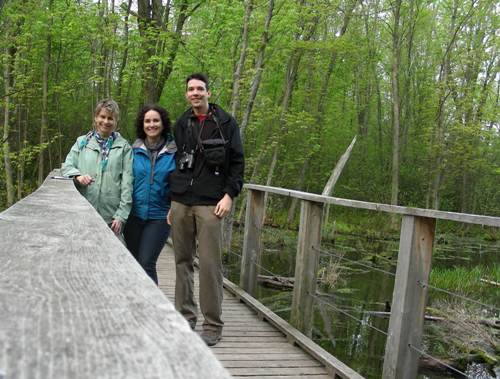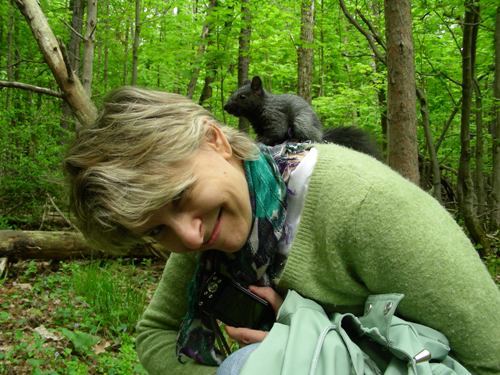|
MIGRATION RESEARCH FOUNDATION |
|||||||||||||||||||||||||||||||||||||||||||||||||||||||||||||||||||||||||||||||||||||||||||||||||||||||||||||||||||||||||||||||||||||||||||||||||||||||||||||||||||||||||||||||||||||||||||||||||||||||||||||||||||||||||||||||||||||||||||||||||||||||||||||||||||||||||||||||||||||||||||||||||||||||||||||||||||||||||||||||||||||||||||||||||||||||||||||||||||||||||||||||||||||||||||||||||||||||||||||||||||||||||||||||||||||||||||||||||||||||||||||||||||||||||||||||||||||||||||||||||||||||||||||||||||||||||||||||||||||||||||||||||||||||||||||||||||||||||||||||||||||||||||||||
We spent the better part of this year’s Baillie Birdathon trying to figure out where the birds were – had they already been and gone, or where they still to come? I’ll end any suspense right now: my first Ottawa Baillie effort netted us 92 species, with each and every individual a hard-won victory. Though I’m happy with the number, I definitely thought we’d get over 100 species without breaking a sweat, considering the habitat that we were lucky enough to find so close to the city centre: mature deciduous forest, marshes, swamps, pine plantations, grasslands and well-vegetated suburbia. Though it wasn’t to be, I still had a wonderful time getting to know my new home, thanks to an old friend (and former Ottawa resident), Marcel Gahbauer. We managed to plan a quick visit/Birdathon during his yearly foray to the east (from Calgary). Having him navigate Ottawa’s environs was a treat – he knows all the good birdy places by heart. The only drawback to Marcel’s visit was that we were not able to take our bikes, though thinking back on it there’s no way we would have been able to visit some of the places we did by bicycle in the time allotted. Bikeless, we opted to minimize driving by keying in on those well-known Ottawa bird hot-spots (or so we thought) and then walking our little feet off. I began the morning by walking my pug, Mr. Bo Jangles. Little did I know that this walk would net me a species that would remain unobserved for the rest of the day, a House Finch. You’ll find this species, along with all the others, in the table below, listed in rough order along with the first location that each one was encountered.
Marcel and I then proceeded to Britannia Park, where we were joined by another intrepid Birdathoner and squirrel playmate (more on that later), Michelle Jauvin. We scoured Britannia’s mature deciduous forest as well as the swampy/marshy areas and brushy second-growth habitats. We left several hours later with 63 species, the highlight being a “kabonking” Common Raven, a single singing Eastern Wood-Pewee and more American Redstarts and Black-crowned Night-Herons then we knew what to do with. We then proceeded to Andrew Hayden Park and Shirley’s Bay. The results were so underwhelming that I’ve included them under the Britannia Park heading (i.e., the bay was utterly empty), although the Wild Turkey and Wood Thrush along the road to Shirely's Bay were both nice surprises.
We made our way to Moodie Drive and all the great trails that branch off from it; Stoney Swamp and Jack Pine Trails being the ones we targeted, hoping to get species like Yellow-rumped Warbler and Red-breasted Nuthatch. Sadly those were not to be, but we did find 16 other species, most of them coming further south along Moodie, where the old gravel pits are. The highlights there were a singing Vesper Sparrow and a Black Tern flopping lazily over one of the water-filled pits. A non-birdy highlight in the woods was this adorable little squirrel (below) that decided to climb all over us and almost call Michelle home. After licking her and grooming her hair, it hopped off and proceeded on its merry way. We were all quite tickled (especially Michelle).
Depressed by the lack of forest birds, we decided to hit up the fields south of the airport, hoping for some grassland specialists. We were thrilled to find oodles of Bobolink and several buzzing Clay-colored Sparrows, but alas, no Eastern Meadowlark. This area got us 7 more species. We were hoping to clean up the so-far-neglected waterbird group by visiting Mer Bleue, a wonderfully large marsh on the south-eastern edge of Ottawa, but the only 4 species added to the list (and one was actually thanks to a trip down Navan Road after Mer Bleue), were passerines. The last species of the day was a fishing Osprey, seen just as we were leaving Petrie Island (which had thus far not added anything to the day’s total). This brings us to 92 species, and a lot of head-scratching. I’m going to keep my ears and eyes peeled in the hopes of finding our missing species. I have to admit that I was quite relieved to hear singing Veery, Scarlet Tanager and Tennessee Warbler at Conroy Pit the next morning, and Nothern Parula in my backyard. Though they couldn’t contribute towards my Baillie total, I was certainly glad to hear that they were singing somewhere in the Ottawa area! Despite the lower-than-anticipated species count, we had an absolutely wonderful time getting out from behind our desks and birding under pretty decent skies. I’d like to thank my sponsors for getting me out to enjoy our birds, Marcel for showing me the parks and trails that I’ll be heading to on a regular basis from now on, and Michelle for providing great company and squirrel entertainment.
|



